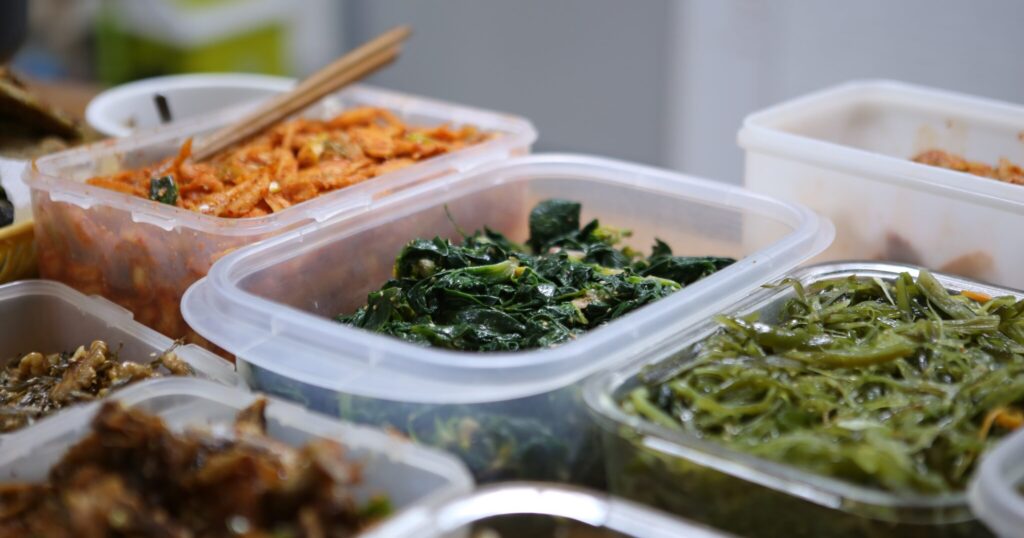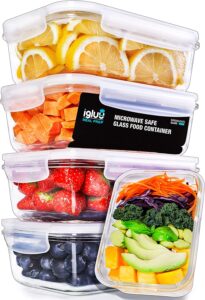Microwaves have been a great invention for our busy, modern lives, enabling us to enjoy meals within minutes. A bonus is that microwaves can cook food while retaining nutrients just as well as conventional methods such as steaming, according to the CSIRO.
Regular ovens are also an excellent cooking method for such meals as roasts. It is also a healthier cooking method than pan-frying and other methods, with less oil required and more nutrients preserved your food. Roasting also gives your food a deeper and more tasty caramelised flavour. Of course, the oven is where you can make all those tasty baked treats like cakes, cupcakes, and brownies, too.
Whether you are using the microwave or the oven, you need to consider the suitability of containers and cookware that you will cook with for your health and safety. You should think twice about reusing your plastic takeaway container in the microwave.
The concerns mainly relate to the chemicals in these containers that can melt and leach into your food. For example, Bisphenol A (BPA) and phthalates in plastic have been linked with numerous health issues. The chemicals can interfere with hormones like oestrogen and testosterone, negatively affecting some organ systems. Science Line reports consuming phthalates is associated with health disorders, including high blood pressure and cardiovascular disease, while consuming BPA is associated with kidney disorders.
The other safety issue is that some containers may catch fire in the microwave.
Here is what you need to know about which containers and cookware to enjoy cooking various meals, knowing you won't burn the house down and with peace of mind for your health.


